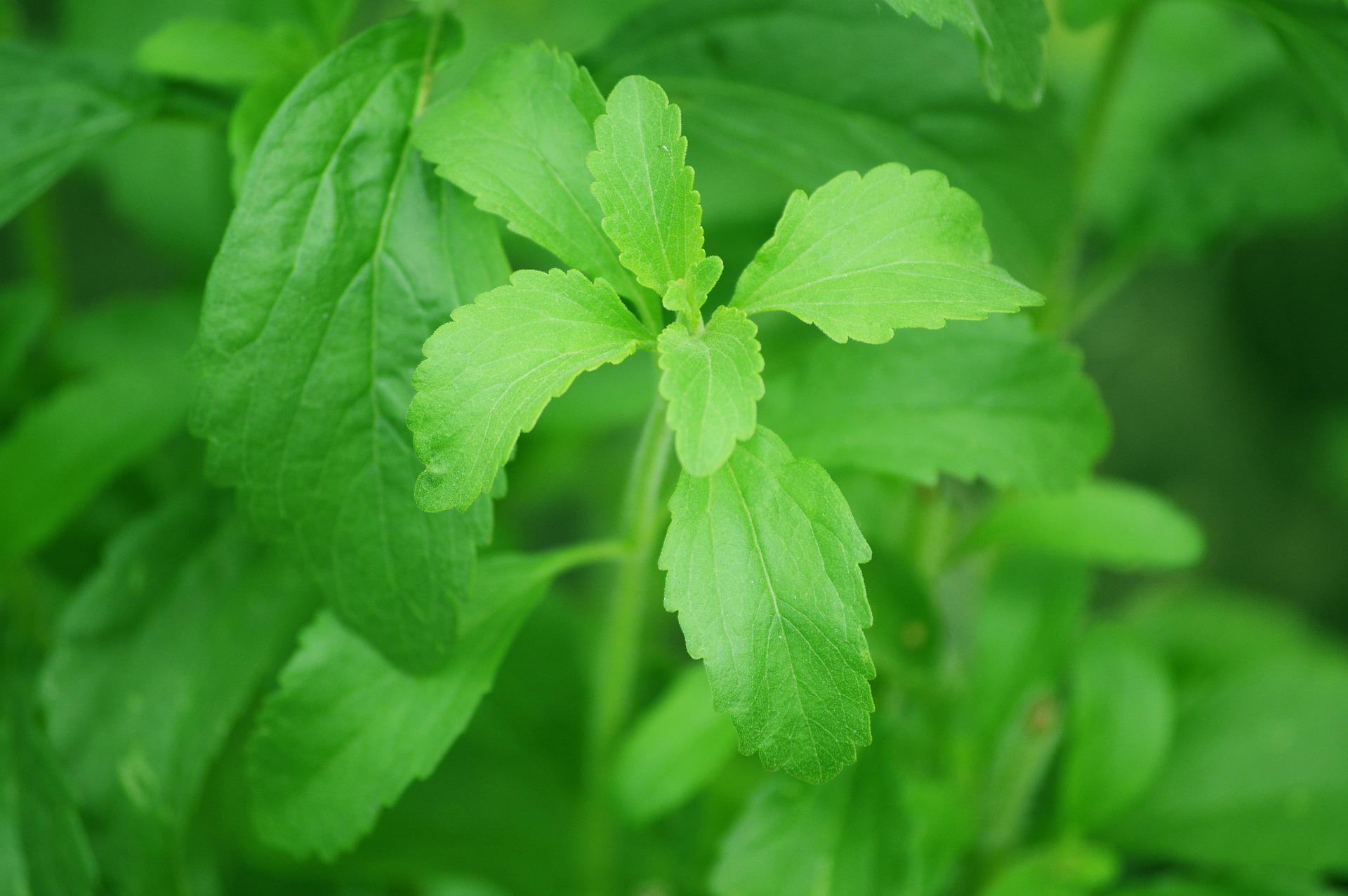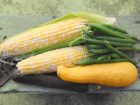It’s late summer and time to start thinking about planting for fall. Here are 15 crops you can start planting now for harvest this fall and into the spring:
Arugula will rarely make it through the whole winter, even if covered, but can withstand temps down to the 20’s quite well. It is great to plant in the late summer too because it can germinate even in hot temperatures, grows quickly, and as the days get shorter it is less prone to bolt. Also, bug pressure is less later in the summer, so pests such as flea beetles tend to be less of a problem.
Asian Greens such as Bok Choy, Pak Choy, Tatsoi, and Mizuna prefer a cooler temperature to germinate. But once established in a fall garden these fast growing greens will thrive well into the cold months, especially if kept covered.
Beans can be planted in late summer anytime, for a fall harvest. The relatively short time that it takes bush varieties to grow mature beans (40 days for Contender, for example), makes them a great choice for a fall planting.
Beets, much like carrots, can be started in fall for a spring harvest. Cover them over winter with mulch or a row cover.
Broccoli Raab/Rapini is quick to grow and mature. The seeds prefer cool conditions to sprout, so start in the beginning of fall after the soil has cooled a bit. They simply won’t germinate in hot weather.
Brussels Sprouts actually prefer cool weather to mature. They take a while to grow though, so it is best to plant in late summer for a late fall/early winter harvest. The best-quality sprouts are produced during sunny days with light frosts at night. As winter approaches, you can trick the sprouts into maturing all at once by cutting off the top of the plant about 3 weeks before you want to harvest.
Cabbage can be grown in fall. Varieties that do best include most fast maturing red varieties, ‘Savoy’, and most Chinese varieties. When grown in cold weather, cabbage will harden and actually becomes more delicious than spring/summer crops.
Carrots can be germinated in late summer or fall for a spring harvest. Once cold weather sets in lightly cover the carrot greens with straw. You can also cover them with a row cover and watch them slowly grow all winter. Starting carrots in the fall is a great way to get an early harvest.
Chard, like kale, can grow year round. Chard tends not to be as cold tolerant as kale, and might die back and become stunted over winter, but if covered or mulched heavy it will come back in spring for an early harvest before it bolts.
Cilantro will germinate in early fall when it cools slightly. It will grow through fall for plenty of picking and then spread it’s leaves low and wide in winter, but will remain green and growing if it’s covered or mulched. If you allow the ones that make it all winter to set seed in spring, you are in effect breeding for winter hardiness, and for plants that thrive in your own particular micro-climate.
Garlic planted in the fall will sprout and grow, remain green all winter, and be ready to harvest the next summer in May or June.
Kale can grow year round. If covered it will flourish even in winter. It may grow slower in winter, but is a must have in any fall garden. In the spring, let it bolt and attract beneficial insects and bees with it’s plethora of yellow flowers, and then collect seeds for the next fall planting.
Lettuce that is winter hardy includes varieties such as Romaine, Oak Leaf, Red Lollo, (there are many more too) most red lettuces tend to be cold hardy. If you keep your lettuce covered over winter or grow it in a cold frame, many will last until spring.
Potatoes can be planted in fall for a bountiful spring harvest. Here is a good link on a smart way to plant them, insulating them for winter and digging them mid-spring.
Spinach is one of the greatest crops to plant in fall. It grows all winter if you keep it covered with a plastic row cover, and will give you fresh greens into next spring. There are many varieties of spinach out there, but all require semi-cool weather to germinate. In other words, if you live in a climate that is still hot in August, wait a bit longer, or you will be disappointed.
Squash can be grown for blossoms or baby squash from now until frost. A great bonus of growing squash late in the season is that the squash bugs are much less of a problem.
To find fall crops grown in your local area, check out Pick-A-Pepper.com
Similar Stories:
- It’s Not To Late To Plant A Garden!
- Growing Figs In a Temperate Climate
- How To Build a Cold-Frame at Home
- Growing Peas
- Thinking Ahead for a Fall Garden: What to Plant When




